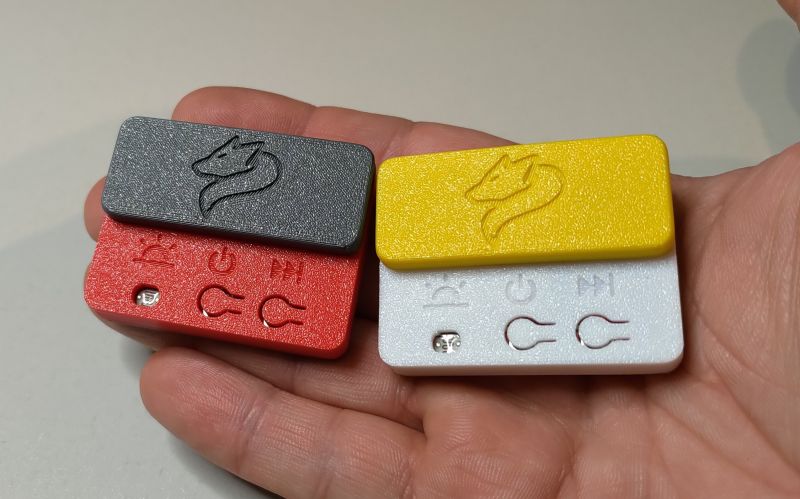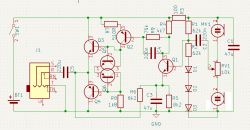I found a similar topic, there the silencing was with the help of felt: https://www.elektroda.pl/rtvforum/topic3745043.html
What if I had two regular microphones and one inside the case, this one should pick up mainly surface noise and crackle, something that would need to be subtracted from the signal from the microphone that is in contact with the air outside the case?
What if I had two regular microphones and one inside the case, this one should pick up mainly surface noise and crackle, something that would need to be subtracted from the signal from the microphone that is in contact with the air outside the case?





